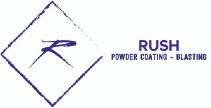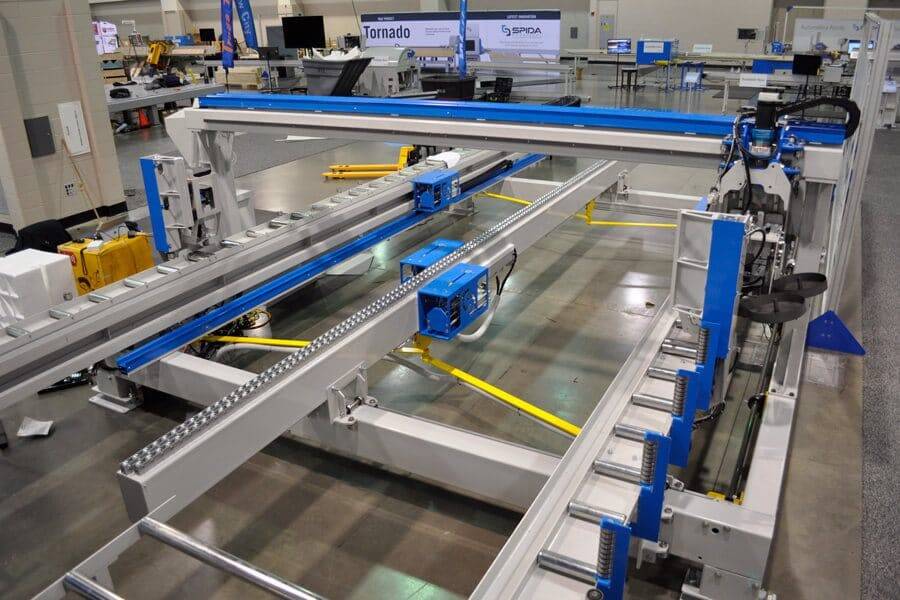Among the powders that are UV resistant, we have urethane-based and polyester-based powders. However, finishes like fluorescent, transparent, and neon colors finishes have limited UV resistance. There is a way to determine whether a powder is urethane or polyester; you have to read from color codes, just like acids and bases. There are a few other things to note other than the color codes to determine where a powder coating lies. It is important to note that you can prolong the fading process in a coat that is not UV resistant by adding a UV-resistant coat. However, this does not guarantee that the non UV resistant coat will stay unfaded forever; the extra top coat of UV-resistant powder does not make it totally UV resistant; the finish will at one point fade. Therefore, we cannot bank on the additional layer as a permanent solution for a fading finish; instead, you can go for coatings with polyester or urethane, which are 100% UV resistant, that way, you are assured of a finish that can withstand UV rays. Powder coats starting with P or U in a color code are UV resistant, while those that start with E or H are not UV resistant; this is a simple way of telling which powder is UV resistant when out buying this type of powder coating.
Metals undergo oxidation; it is impractical to assume that a piece of metallic farm equipment you own would never undergo the oxidation process. This, however, does not mean there is nothing that can be done about it; it is not a helpless situation. It is highly recommended that even though metallic silver powders might have UV resistance, you should use a clear topcoat as a protective layer of the metallic powder against oxidation.
Ultraviolet (UV) powder coatings incorporate the advantages of thermosetting powder coatings with those of liquid ultraviolet cure coating technologies. UV powder coatings are different from standard powder coatings because, in UV systems, melting and curing are two distinct processes. When UV powder coatings are exposed to heat, UV curable powder coating particles melt and flow into a homogeneous film. This film is cured only when it is exposed to UV light. For this technology, a popular curing mechanism is used, that is, the free-radical process. This process involves photoinitiators in the molten homogenous film being activated by the UV light. After activation, they form free radicals. These radicals initiate a polymerization reaction that involves double bonds of resins. A lot of factors determine the final appearance of the coating and its performance. Some of the factors determining the result are the curing parameters, photoinitiators, pigments, additives, fillers, resin systems selected, and the process of powder coating.
Using UV-resistant powder coating is not a new technology; it has been in use for about five decades. However, it is not the same technology used back in the 70s. There has been a lot of research and development. Many formulations like those that can be cured by polymerization of free radicals are available for commercial purposes.

